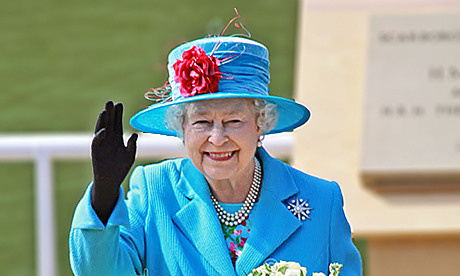No Western institution so skilfully orchestrates elaborate, arcane and profoundly moving rituals as the Vatican.
With the exception, of course, of the British monarchy.
Evidence of such mastery of panoply and sacred theatre has been in abundance these past weeks, culminating with the funeral of the Queen.
And there will be more to come with the formal coronation of Charles at some future date.
There is another parallel between the Vatican and the British Crown that is both arrestingly relevant and wildly provocative at the moment, and that is canonisation or sainting.
The world watched the requiem for Pope John Paul II and marvelled at the breadth of his popularity.
That popularity rose to fever-pitch as his coffin was led from the Piazza di San Pietro into the Basilica when calls erupted from the huge crowd for “santo subito” – to proclaim him a saint immediately by way of acclamation.
It didn’t quite happen that way, but the saint-makers in the Vatican took note.
The situation isn’t exactly the same at the Queen’s funeral, although the emotional intensity, the feeling of loss and the impulse to veneration, are easily comparable to that accorded John Paul II.
The sainting of the Queen is not outside the realm of possibility.
Queen Elizabeth was Supreme Governor of the Church of England and Defender of the Faith – a key fixture in the religious establishment of the land.
She knows what it is to be an Anglican.
And Anglicanism does have a place for saints, although its history regarding “saint craft” and relics is a fraught one.
As always, Anglicanism found the middle road between an outright abhorrence of anything to do with saints on the one hand and a replication of the Roman system of invoking saints on the other.
It created its own criteria: Miracles would not be a requirement, a complex sainting process would not be necessary, and honouring the saints would be a devotional option without the force of law and tradition.
A casual glance at the names included in the Anglican Common Worship Calendar of 2000 reveals an inclusive mosaic of holy ones – those in the words of Anglican scholar Kathleen Jones “whose lives had the merit of personalising theology – bringing the great issues of Christian living down to the human level, and providing models for others to follow.”
Queen Elizabeth certainly fulfils that rubric.
The problem with sainting is the general public misperception about what holiness actually means.
Elevation to a status of perfection it is not.
Rather, it connotes personal integration, authenticity and integrity. It means placing the needs of others and the demands of office above one’s own preferences and priorities, and in the Christian tradition, it means, as the Queen herself said in her Christmas 2000 address: “For me, the teachings of Christ, and my own personal accountability before God, provide a framework in which I try to live my life.”
Her vocation as Queen requires sacrifice, and sacrifice is duty lived fully and unrelentingly.
As a Globe editorial phrased it: “In a world of charlatans and fakers and self-actualising hypocrites…she was the real deal.”
To be the “real deal” is a mark of her exceptionality as a human being, a sign of her “heroicity of virtue” as the Roman Catholic saint-trackers dub it. It means that your life as a witness to the truths and commitments that define you is a life of unwavering fidelity. Continue reading
- Michael W. Higgins is the Basilian Distinguished Fellow of Contemporary Catholic Thought at St. Michael’s College. He wrote and narrated the CBC Ideas series Stalking the Holy: the Politics of Saint-making.
News category: Analysis and Comment.




